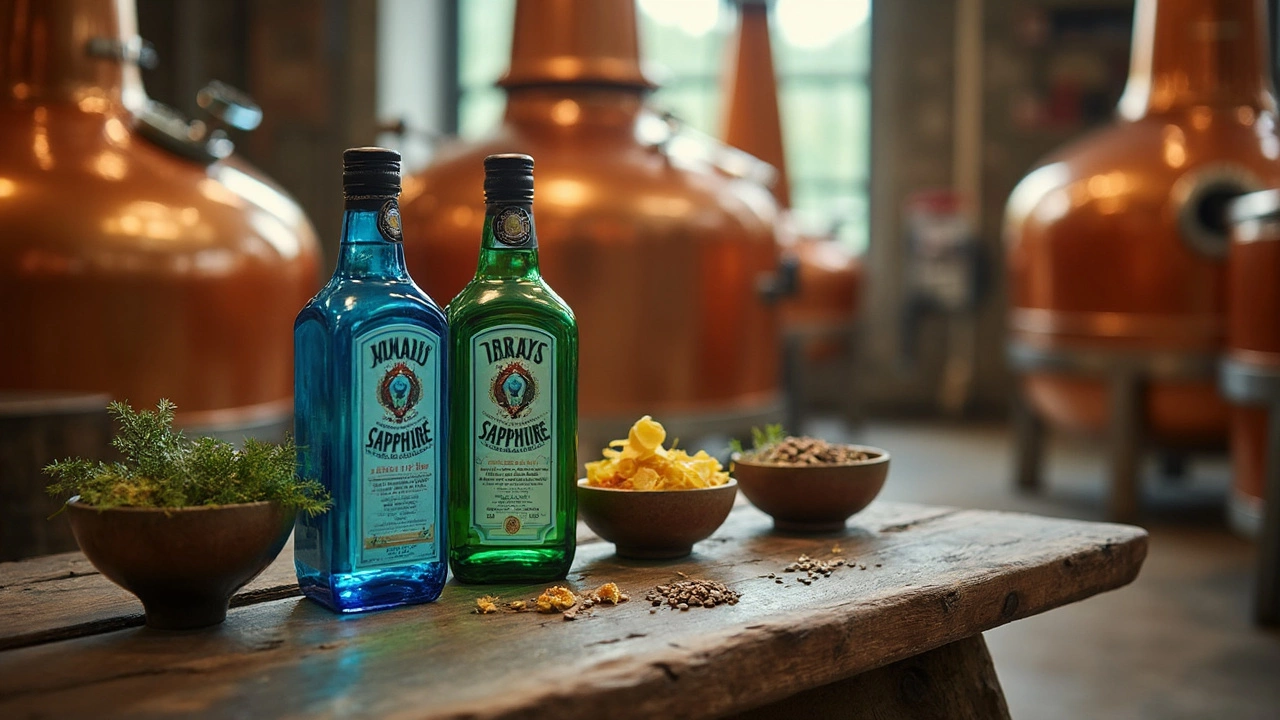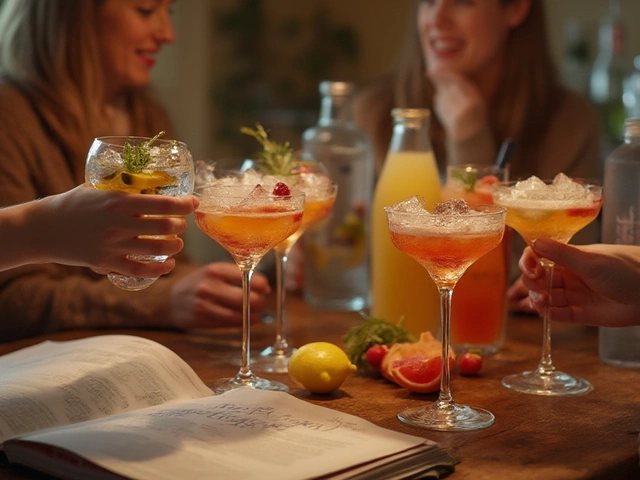Bombay Gin – What Makes It a Star in Your Bar?
If you’ve ever walked into a bar and heard a bartender shout “Bombay!” you probably know the drink is a classic. Bombay Gin, especially the Bombay Sapphire line, is famous for its bright, botanical taste and striking blue bottle. But what exactly gives it that fresh, spicy kick? And how does it stack up against other popular gins?
Flavor Profile and History
Bombay Gin started in the 1700s as a London dry gin, but the brand we know today was launched in 1987 with a modern, crisp recipe. The secret? Ten botanicals, including juniper, lemon peel, coriander, and some exotic spices like grains of paradise. Those ingredients are vapor‑infused, which means the flavors stay light and aromatic instead of heavy.
When you sip it neat, you’ll notice a clean juniper backbone, a citrus zing, and a subtle earthiness. It’s not as floral as Hendricks, which leans on cucumber and rose, but it’s definitely more aromatic than a plain vodka‑style spirit. This balance makes it a solid base for both classic and inventive cocktails.
Best Ways to Drink Bombay Gin
Because Bombay is so versatile, you can keep it simple or get fancy. A classic gin and tonic is the easiest entry point. Just pour 50 ml of Bombay over ice, add a good tonic water, and garnish with a slice of lime or a few coriander seeds to highlight the botanicals. The citrus notes shine, and the tonic’s bitterness complements the gin’s spice.
If you want to explore a bit more, try the Bombay Martini. Mix 45 ml Bombay, 15 ml dry vermouth, and a dash of orange bitters. Stir, strain into a chilled glass, and finish with an orange twist. The result is smooth, a little dry, and perfect for sipping after dinner.
For a twist on the popular “Hendricks vs Bombay” showdown, the “Bengal Breeze” swaps Hendricks’ cucumber for Bombay’s lemon zest. Combine 50 ml Bombay, 20 ml fresh lemon juice, 10 ml simple syrup, and top with ginger beer. The ginger adds a warm spice that plays nicely with the gin’s botanicals.
When you’re tasting multiple gins, use a proper palate cleanser like a plain cracker or a sip of sparkling water between samples. This helps you spot the subtle differences—Bombay’s crispness, Hendricks’ floral notes, or a more juniper‑forward London dry.
Where to buy? Most supermarkets carry Bombay Sapphire, but you’ll find better deals at wine‑and‑spirit shops where you can sometimes snag a 700 ml bottle for a lower price per milliliter. Keep an eye out for limited‑edition releases; they often come with unique botanicals or special packaging.
Bottom line: Bombay Gin is a reliable, flavorful choice whether you’re a beginner or a seasoned gin lover. Its balanced botanicals make it easy to mix, and its history gives it a cool story to share at parties. So grab a bottle, experiment with a few easy recipes, and enjoy the crisp, aromatic experience that keeps Bombay at the top of the gin game.
Ever wondered what makes Bombay Sapphire different from other Bombay gins? This article breaks down the real differences between Bombay Sapphire and its traditional counterpart. From how they’re made to their flavors and the best ways to taste them, you’ll get all the details you need for your next distillery trip or gin purchase. Learn some cool facts and tips along the way. If you’re thinking of trying these gins or planning a visit, here’s what you’ll want to know.
View Details

